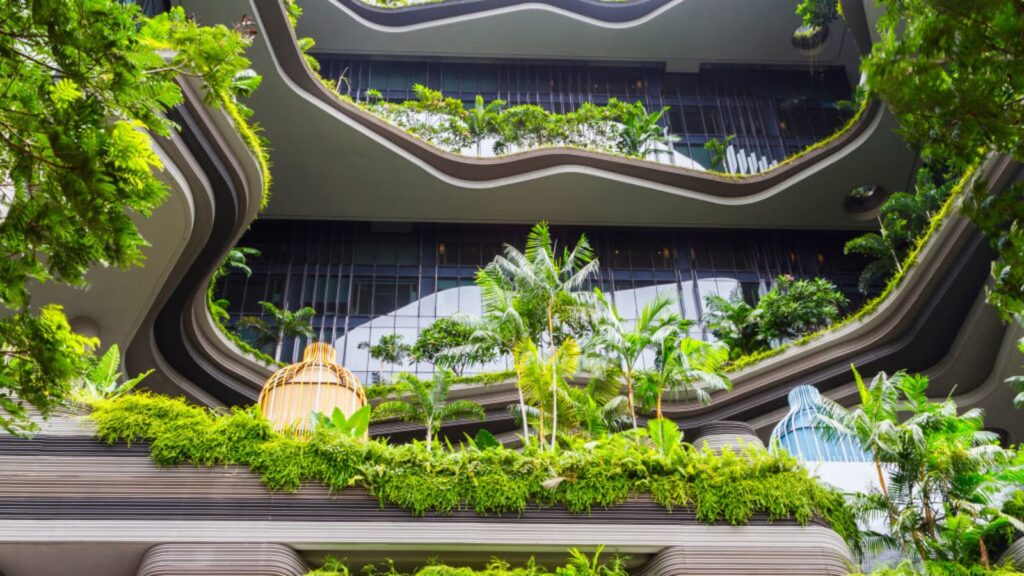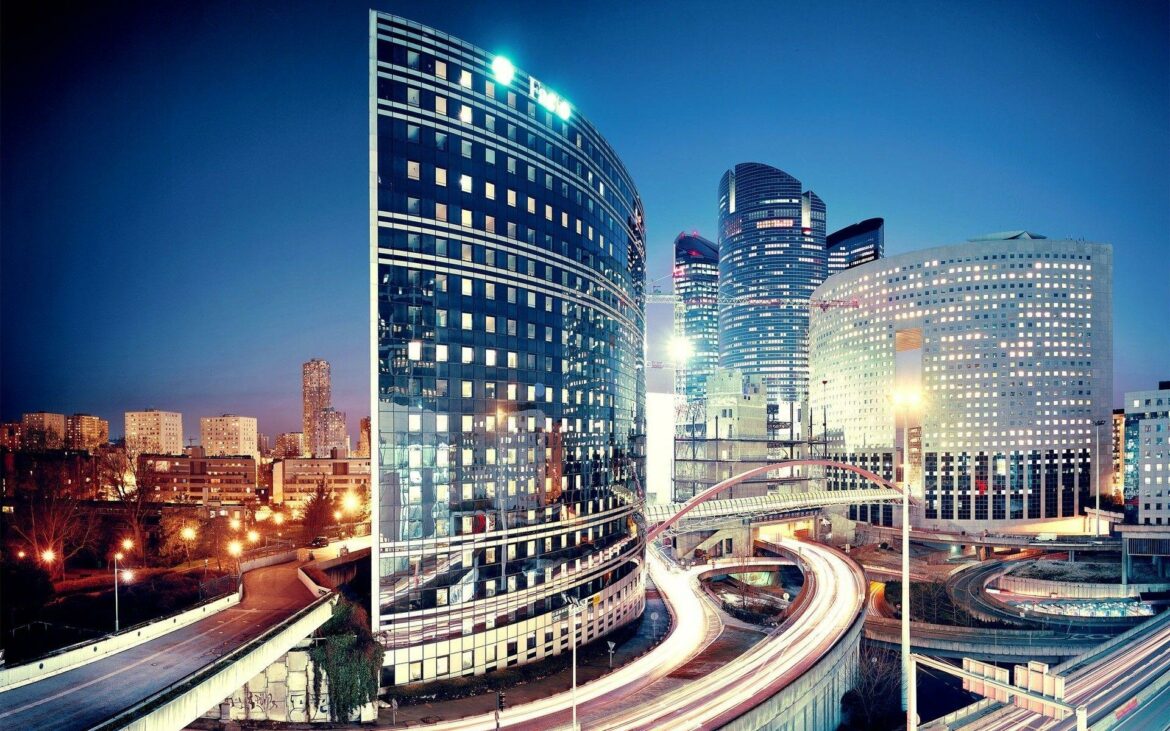Building sustainable homes might be a new concept for the modern world. However, using locally available materials for constructing environment-friendly green homes has been ingrained in various Indian cultures for ages. Due to deep-rooted traditional values and governed by usage and climate patterns, numberless regional styles of construction have evolved over the years.
India is on the threshold of a decisive moment in its growth path. It is on the cusp of major change. As it rapidly urbanises, improves the quantity and quality of energy for all its citizens, and manages the natural resources that underpin lives and livelihoods, the possibility of sustained and sustainable growth is within its grasp.
Now, with India’s population quadrupling to 1.37 billion in 2020 from 350 million during independence, the scenario has changed drastically. Inline to provide ample shelters at affordable prices, advanced technologies and materials that fasten the construction process and lower the maintenance cost is being used expeditiously.

India is presently emerging as an economic superpower, but in contrast, there is a different profile of India. We constitute around 17% of the world’s population but account for about 35% of the poor and 40% of the illiterates in the world.
Experiences from the economic reform show that while there have been improvements in economic growth, foreign exchange, IT revolution, export growth, and so on, inequality in income distribution has been growing simultaneously.
Although materials like concrete, brick, and glass are highly durable and ease the execution process, the buildings created from them rely heavily on construction cooling and artificial lighting. This not only impacts the environment but also adds load to the pocket. So, does there exist a possible solution to counter these issues? The answer lies in the promotion and development of green homes.
How Green Homes Contribute Towards a Clean Living?
Designed to offer occupancy comfort while reducing non-renewable resources, a green home is constructed with suitable building materials and optimum construction practices, right from operation to renovation. A green building is believed to reduce energy consumption by at least 30 to 40 per cent as compared to a conventionally constructed building. Let’s see how
1. Minimal Use of Non-renewable Resources
In comparison to traditionally constructed buildings, the energy demand from green homes is minimum. This can be attributed to the different features that ensure optimum utilization of natural resources. These include less toxic paints, adequate use of natural light, recycled metals, solar-powered appliances, etc. Although the initial costs of construction are higher, these expenses are offset in the long run by lowered service bills and maintenance costs.
2. Improves Water and Energy-Efficiency
Green homes are equipped with rainwater harvesting systems, motion-activated sensors, low-flow bathroom appliances and smart features like energy-saving LED bulbs. Additionally, these buildings and homes es employ methods such as L-shaped windows for optimum use of daylight. These techniques not only save resources but also trim down energy bills.
Reduce the use of decorative lighting.
Festivities and celebration periods often leads to the excessive use of decorative lighting kept on all day and night. The use of decorative lighting during festive seasons should thus be lessened to reduce the brightening of the skies. As an option, environmentally friendly candles should be used for the celebration periods. Furthermore, it will also help in saving energy.
Use of covered bulbs that light facing downwards.
For street lights – streets and highways lighting must be correctly planned such that too much light is not reflected in the sky. The solution for this is designing covered bulbs that light facing downwards, and for this reason, it would help reduce the brightening of the skies as it eliminates the light that reflects into the sky.
3. Creates a Pleasant Indoor Environment
Green homes come with a type of roofing or wall pattern where the structure is partly or completely covered with vegetation over a waterproofing system. Since the system is installed on top of a flat or slightly-sloped roof, it ends up acting as a drainage system that holds rainwater and prevents floods and leaks. With vast green covers, a pleasant atmosphere inside the building is maintained.
4. Offers Excellent ROIs
Superior material efficiency, energy-efficient structure, and increased occupancy rates equate to better health, reduced expenses and property price sensitivity. With so many advantages at hand, grand homes offer excellent ROIs for both developers and investors. Moreover, after the unprecedented pandemic induced challenges, the inclination towards investing in those economic sectors that can generate employment as well as fuel green growth has arisen. To achieve this goal, green homes are going to play a crucial role.
What Made the Concept of Green Homes Popular in India?
With the growing population and rapid urbanization, India is at the threshold of commercial as well as residential real estate boom. However, what is important to note is that buildings are large consumers of energy and natural resources. According to the Global Status Report published by UNEP, buildings are responsible for 57% of the global carbon emissions. When it comes to India, buildings accounted for 26% of India’s total energy consumption.
A green building is an environmentally sustainable structure, in sync with nature, which makes efficient use of land, materials, energy and water while costing less in terms of maintenance charges. A green building enhances energy efficiency, limits water consumption and makes maximum use of recycled, recyclable and non-toxic materials.
At the same, a lot of solid waste is generated, both at the building construction and operations stages. Now with an anticipated 800 million urban population by 2050 (Urban Resilience-TERI Report), the challenges associated with greenhouse gas emissions from building construction activity is poised to increase significantly.
Whether it is Chennai, Delhi or Maharashtra, groundwater depletion remains a cause for concern across various Indian cities. The expeditious use of groundwater for constructing buildings coupled with heavy dependence on monsoons for replenishment has also forced developers and urban planners to think of alternate techniques that equate to developing green homes.

While water depletion and construction-generated waste is one aspect, rising air pollution has also pushed the demand for environmentally sustainable green homes amongst homebuyers. Plus, as the year 2020 proved, poor air filtration coupled with little daylight increased prices for the working professionals who were forced to work from home during the lockdown. Hence, to address the growing sustainability concerns, the concept of ‘Green Buildings’ today, has emerged as the most suitable approach for contemporary India.
Green buildings make use of local and renewable materials, such as clay, sand, stone, bamboo, etc., to minimise the carbon footprint. Waste materials generated during development are recycled into new materials or composted for reuse. Efficient solid waste management during and after construction is a must. Even after occupation, green buildings offer efficient waste management systems, such as segregation of wet and dry waste, to further reduce the negative impact on the environment.
Challenges that are Hindering the Construction of Green Homes
Even today, a large number of homebuyers are unaware of the benefits that green homes entail. Those who are aware, don’t prefer investing due to higher initial and later operational costs. Lack of awareness clubbed with lower demand among the end-users act as a constraint in developing green buildings.
Whether it is the architects, policymakers or engineers, lack of professionals who possess adequate knowledge and skills about building green buildings is also a major cause for concern. Plus, the green construction sector in India not only lacks the technical expertise, but the unavailability of cheaper products and viable funding sources also acts as an obstruction in building green homes.
Environmentally sustainable buildings also offer numerous economic benefits for various stakeholders of the real estate industry. While developers can benefit from lower construction costs and higher property values, homeowners and tenants can save enormously on operation and maintenance bills. In addition to this, India is already attracting investments in commercial and residential asset classes, such as data centres, senior housing, and manufacturing facilities.
Tags: constructing environment-friendly, sustainable growth, non-renewable resources, environmentally sustainable.

